View all Standards for Florida Sunshine State Standards
TH.912.C.1.6 Respond to theatrical works by identifying and interpreting influences of historical, social, or cultural contexts.
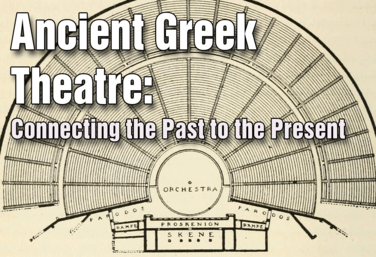
Ancient Greek Theatre
by Lindsay Price
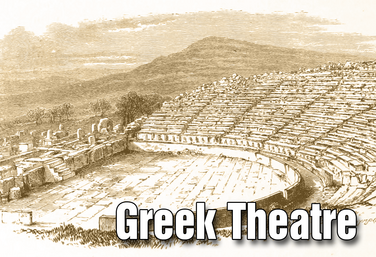
Part of the Drama One Curriculum
Ancient Greek Theatre
by Karen Loftus

Part of the Drama One Curriculum
Commedia Dell'Arte
by Karen Loftus
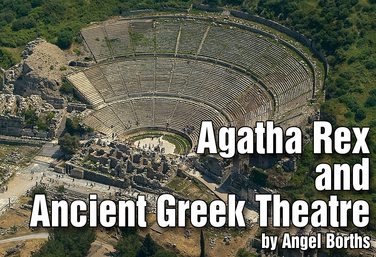
Agatha Rex and Ancient Greek Theatre
by Angel Borths
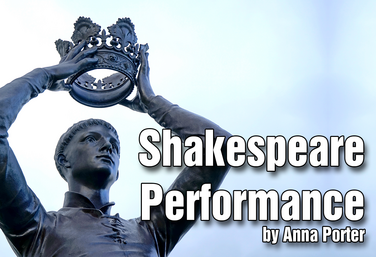
Shakespeare Performance
by Anna Porter
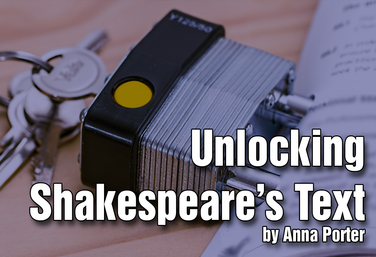
Unlocking Shakespeare's Text
by Anna Porter
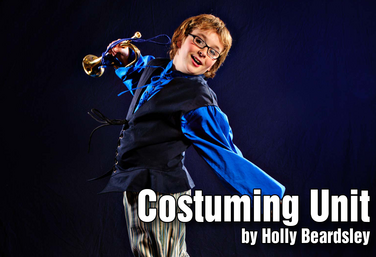
Costuming
by Holly Beardsley
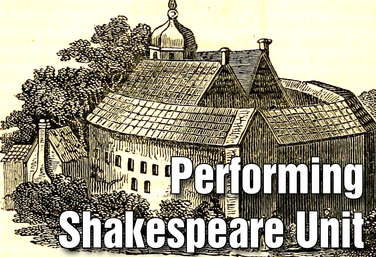
Part of the Drama Two Curriculum
Performing Shakespeare
by Matt Webster
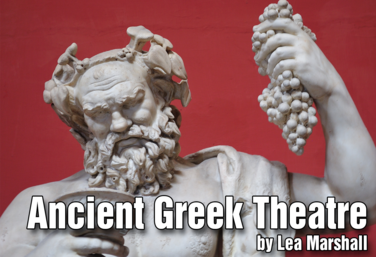
Ancient Greek Theatre - It's All Greek to Me! *Hyperdoc
by Lea Marshall
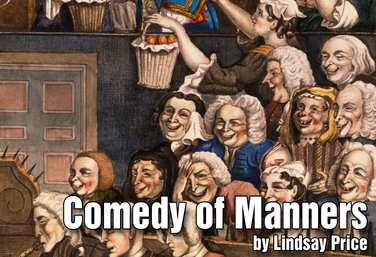
Comedy of Manners
by Lindsay Price
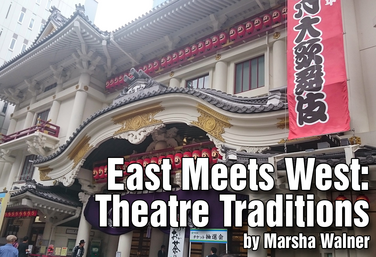
East Meets West: Theatre Traditions
by Marsha Walner
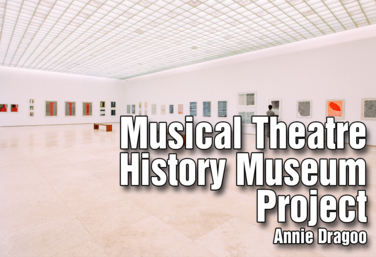
Musical Theatre History Museum Project
by Annie Dragoo
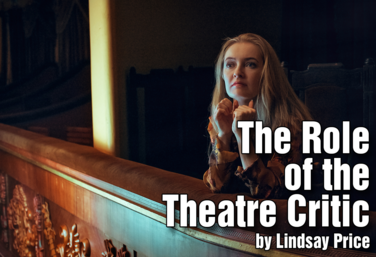
The Role of the Theatre Critic
by Lindsay Price
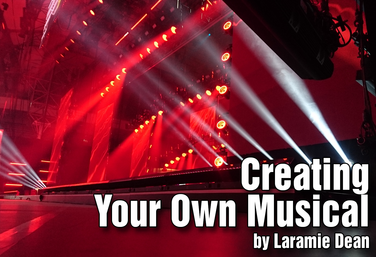
Creating Your Own Musical
by Laramie Dean
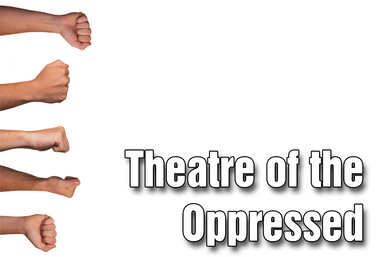
Part of the Middle School Curriculum
Unit Eight: Theatre of the Oppressed
by Lindsay Johnson
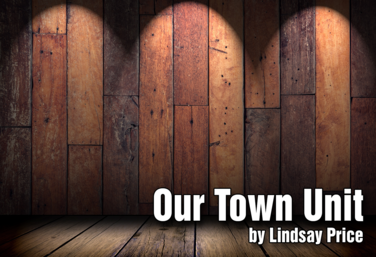
Our Town Unit
by Lindsay Price
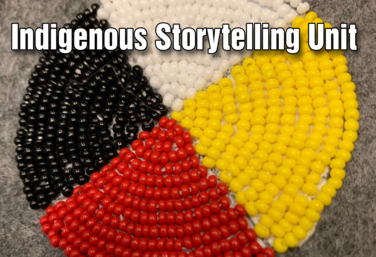
Indigenous Storytelling Unit
by Allison Green

Anti-Realism
by Wendy-Marie Martin
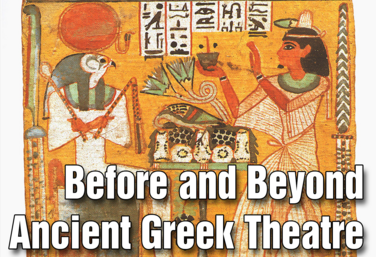
Part of the Theatre History Curriculum
Unit 1: Before and Beyond Ancient Greek Theatre
by Drama Teacher Academy
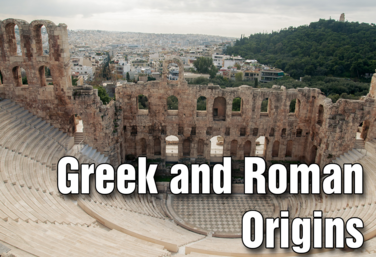
Part of the Theatre History Curriculum
Unit 2: Greek & Roman Origins
by Drama Teacher Academy
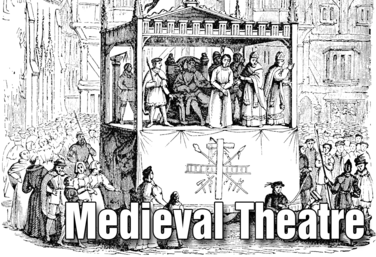
Part of the Theatre History Curriculum
Unit 3: Medieval Theatre
by Drama Teacher Academy
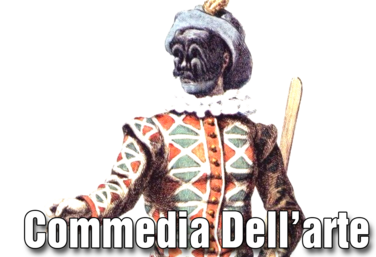
Part of the Theatre History Curriculum
Unit 4: Commedia Dell'Arte
by Drama Teacher Academy
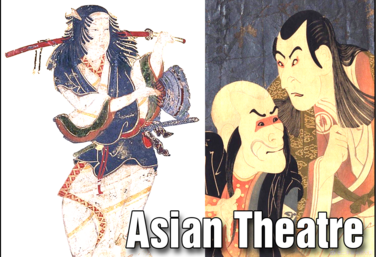
Part of the Theatre History Curriculum
Unit 5: Asian Theatre
by Drama Teacher Academy
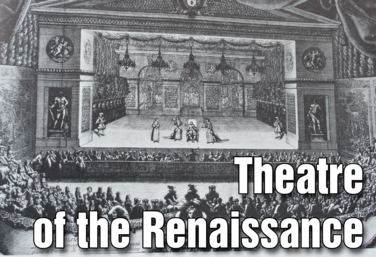
Part of the Theatre History Curriculum
Unit 6: Theatre of the Renaissance
by Drama Teacher Academy
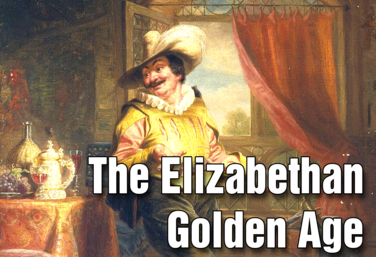
Part of the Theatre History Curriculum
Unit 7: The Elizabethan Golden Age
by Drama Teacher Academy
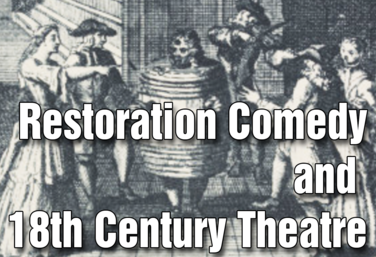
Part of the Theatre History Curriculum
Unit 8: Restoration Comedy & 18th Century Theatre
by Drama Teacher Academy
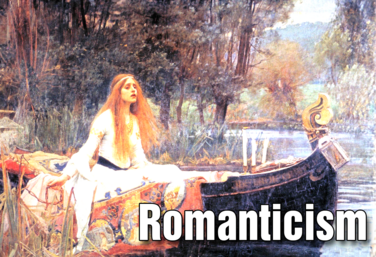
Part of the Theatre History Curriculum
Unit 9: Romanticism
by Drama Teacher Academy
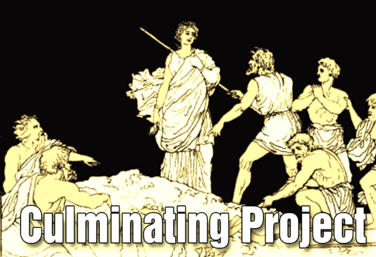
Part of the Theatre History Curriculum
Culminating Project
by Drama Teacher Academy
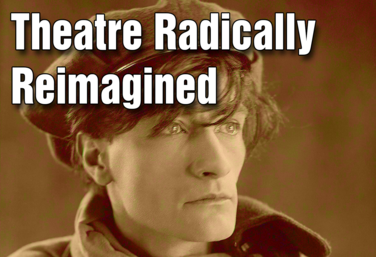
Theatre Radically Reimagined: Exploring Artaud, Grotowski, and Boal
by Ruthie Tutterow
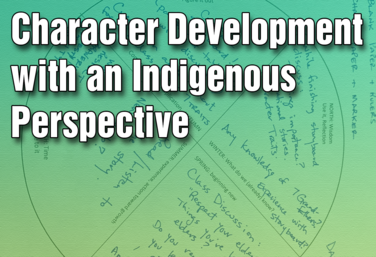
Character Development with an Indigenous Perspective
by Allison Green
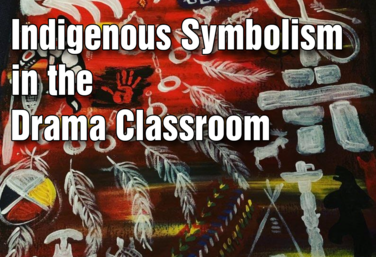
Indigenous Symbolism in the Drama Classroom
by Allison Green
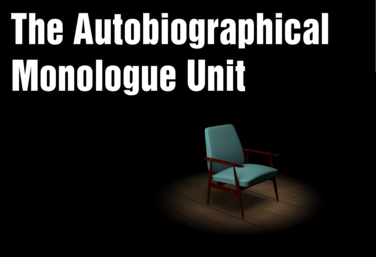
The Autobiographical Monologue
by Gai Jones
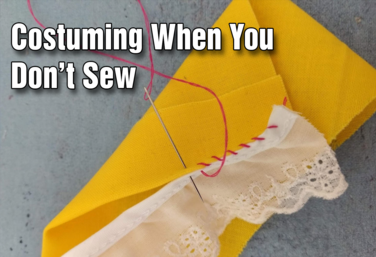
Tech Theatre Unit: Costuming When You Don't Sew
by Drama Teacher Academy
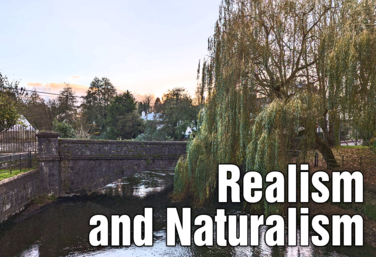.png)
Realism and Naturalism
by Drama Teacher Academy

Spoken Word Poetry
by Quincy Young
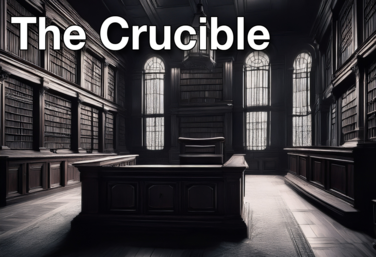
The Crucible Unit
by Lindsay Price

The Do-it-All Director's Introduction to Costuming
by Holly Beardsley
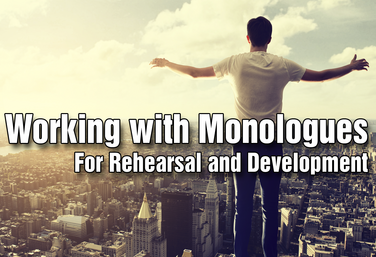
Working With Monologues For Rehearsal And Development
by Gai Jones
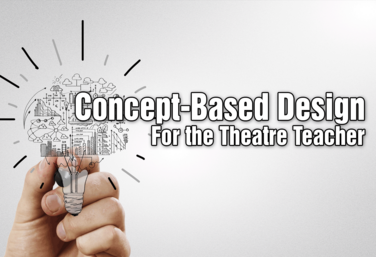
Concept-Based Design for the Theatre Teacher
by Matt Webster
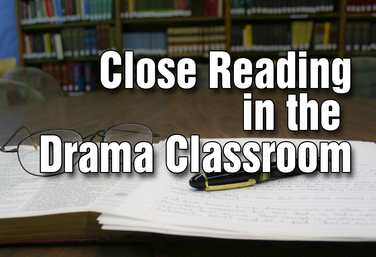
Close Reading in the Drama Classroom
by Lindsay Price
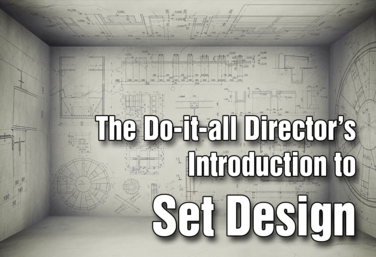
The Do-it-All Director's Introduction to Set Design
by Holly Beardsley
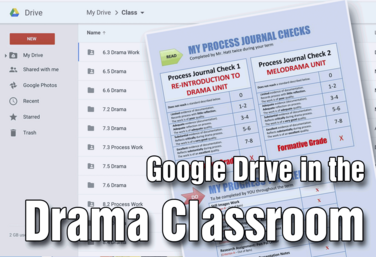
Google Drive in the Drama Classroom
by Josh Hatt
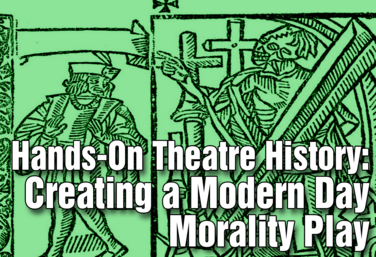
Hands-On Theatre History: Creating a Modern Day Morality Play
by Wendy-Marie Martin

Director's Toolbox 1: Teaching Students to Direct
by James Van Leishout
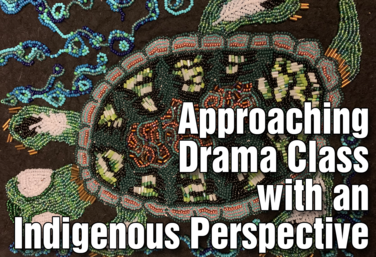
Approaching Drama Class with an Indigenous Perspective
by Allison Green
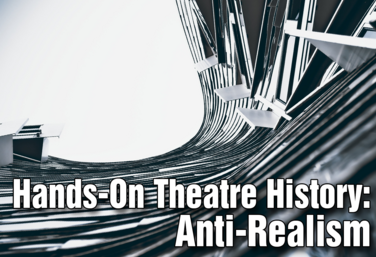
Hands-On Theatre History: Anti-Realism
by Wendy-Marie Martin
View all Standards for Florida Sunshine State Standards Standards Master List